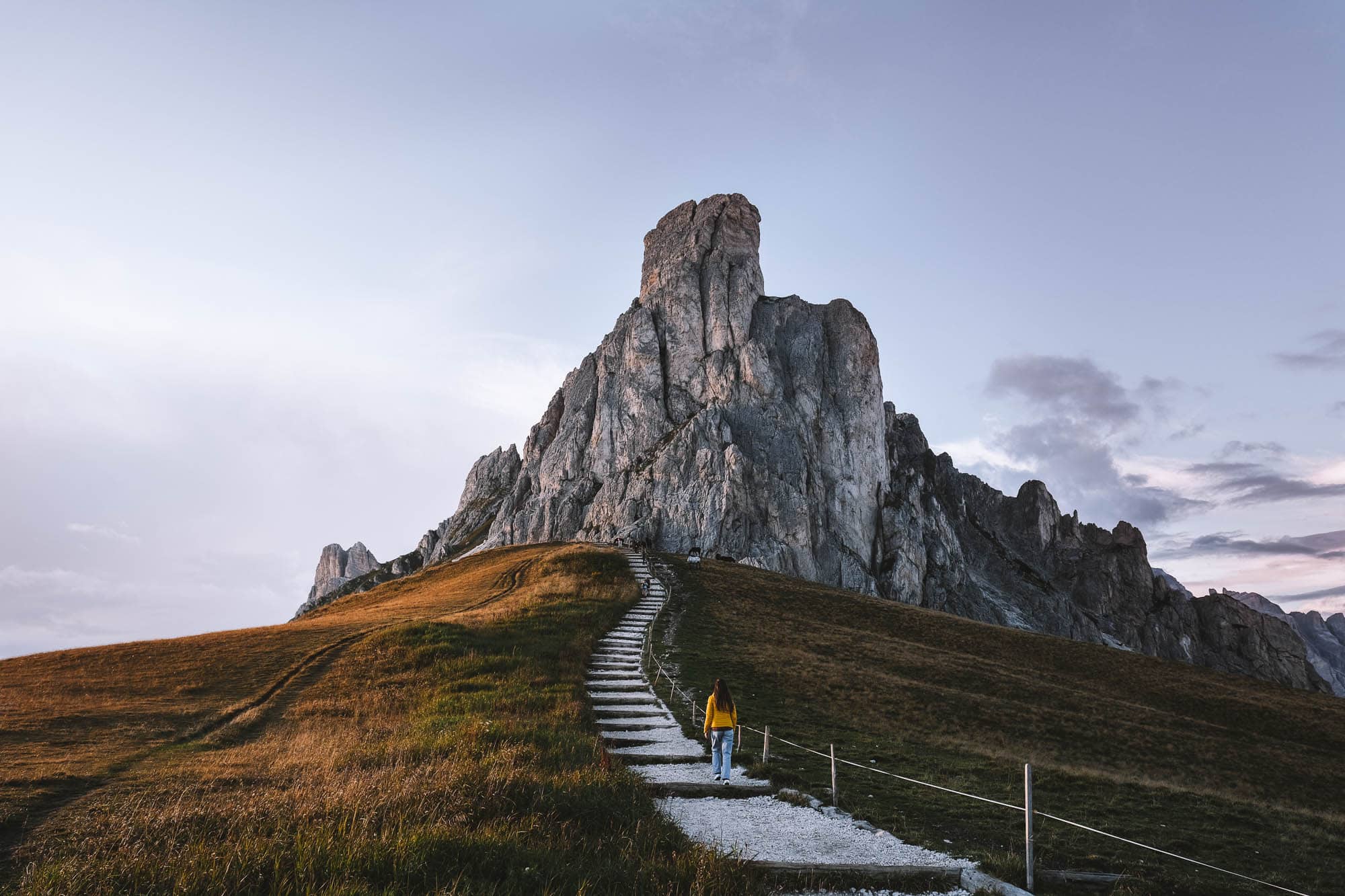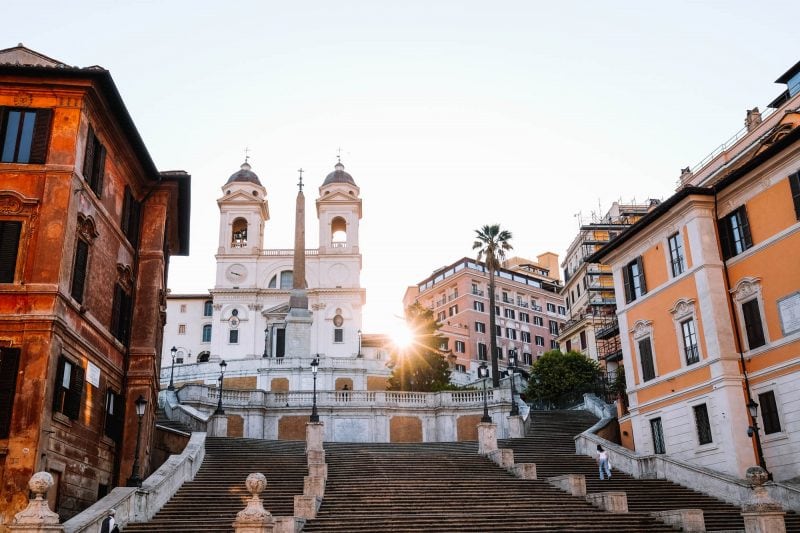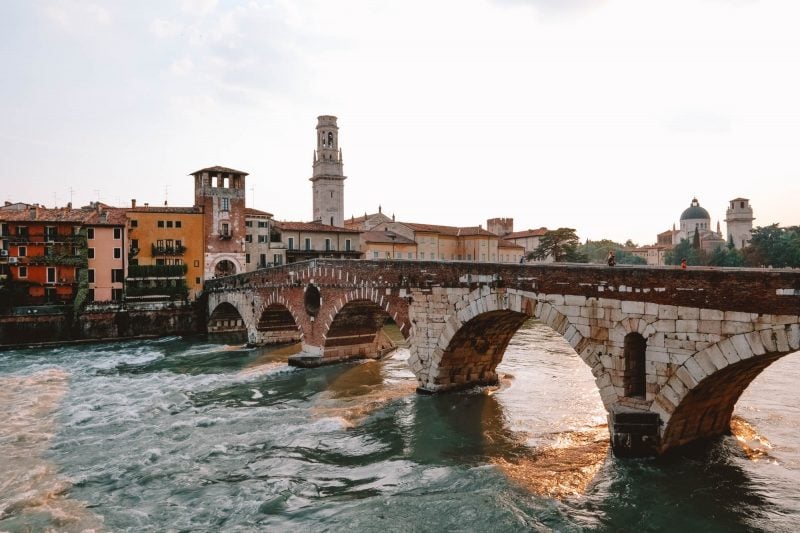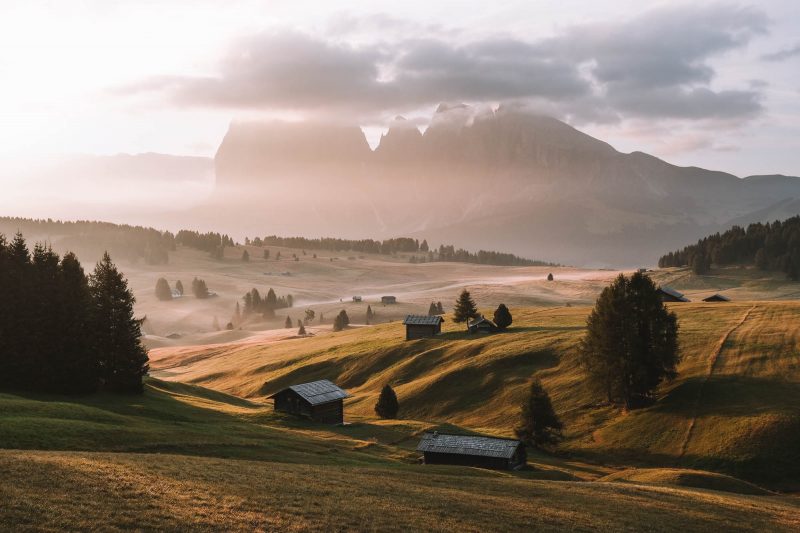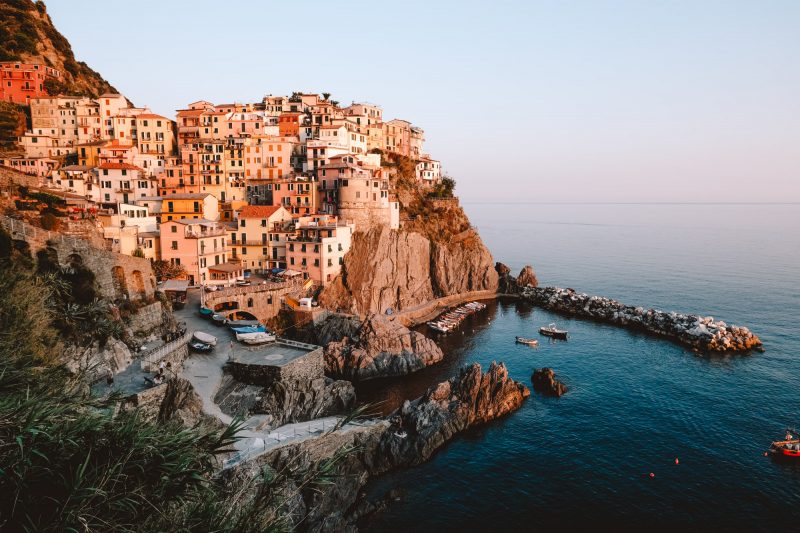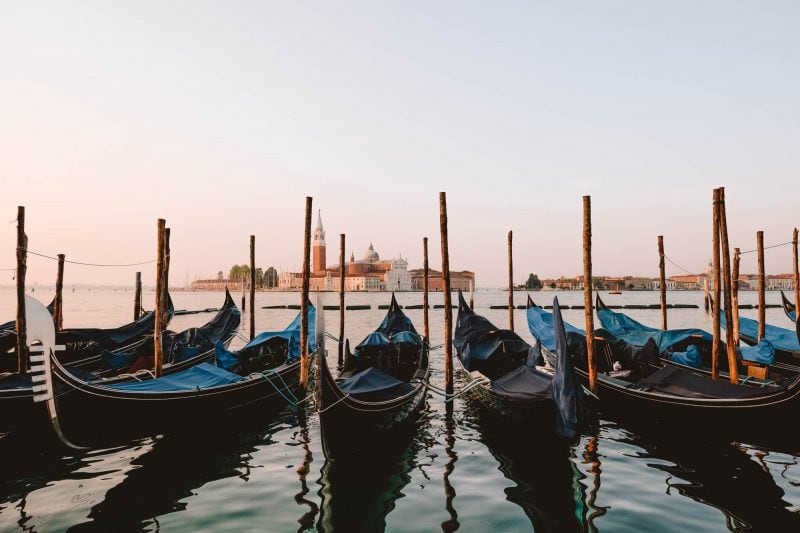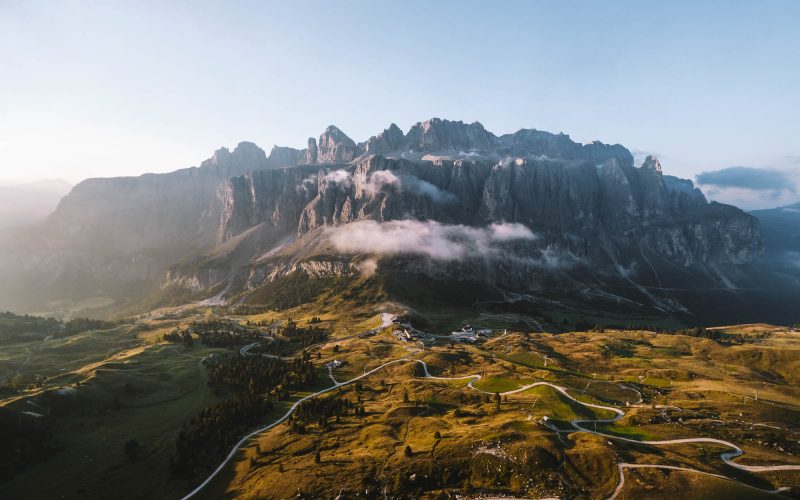The Dolomites is a dream destination that belongs on every traveler’s bucket list. It’s not only a paradise for hikers and landscape photographers, but for anyone who loves mountains even just a little bit. Sounds great, right? Based on our experiences, we have compiled 9 practical tips to make the most of your visit to the Dolomites!
Many places in the Dolomites have two names
It’s important to know that almost all places in the Dolomites have both a German and an Italian name. Until the year 1918, the end of World War I, the Dolomites belonged to Austria. Nowadays, the Dolomites are entirely on Italian territory, but it still feels like a wonderful blend of Austria and Italy. Here, the best of both countries comes together.
Fun fact: The Dolomites have a fascinating history. It’s hard to imagine, but about 250 million years ago, this mountain region was the seabed. Due to a collision of the Adriatic and Eurasian plates, it was uplifted, and the Dolomites were formed. The mountains are fossilized coral reefs that now rise as high as 3343 meters (19967 feet) above sea level.

The best time to visit the Dolomites
You can visit the Dolomites all year round, but the best time to visit depends on the purpose of your trip. If you’re going skiing, then the winter months are naturally the best time to go. If, like us, you plan to do a lot of hiking or mountain biking, then the summer or autumn is the best choice. The summer season in the Dolomites runs from mid-June to mid-October. In spring, there’s a chance of snow, which can make the hiking trails less accessible. The absolute best month to visit the Dolomites is September. The temperature is still pleasant, the crowds of the peak season have diminished, and there’s still a high chance of sunshine. We visited the Dolomites in September and had fantastic weather.
Weather forecasts in the Dolomites
Let’s start with the tip that you should never fully rely on the weather forecasts in the Dolomites. When we were there, they predicted rain and thunderstorms every day, but apart from a few showers, we had very good weather. That being said, we still recommend checking the weather forecast before you go. The temperature predictions are often accurate and can vary significantly from week to day. One day may be a lovely summer day, and the next day it can be quite cold. It’s important to prepare yourself accordingly with appropriate clothing.
Be well-prepared for hiking
When hiking in the Dolomites, it’s essential to pack a few essential items in your backpack. The weather in the mountains can change suddenly. Even if the sun is shining when you leave your hotel, it’s wise to bring a rain jacket and a lightweight sweater in case the weather changes. Always dress in layers so that you’re prepared for any type of weather. A small bottle of sunscreen is also useful. You often hike at higher altitudes, and you can quickly get sunburned without realizing it. Bring a full water bottle as well, which you can refill at a mountain hut along popular routes. If you’re going to watch the sunrise or sunset on a mountain, bring a headlamp so that you can see the trail in the dark and have your hands free.

Always carry cash with you
While hiking on well-known trails, you often come across one or more mountain huts where you can enjoy some food and drinks. Usually, these mountain huts only accept cash payments. Therefore, always carry enough cash with you when you go out. Check in our article or on Google Maps in advance if there’s a mountain hut along your route, and if not, bring your own snacks and water.
Affordable hotels get fully booked early
The Dolomites is a popular destination, and especially during the summer months, you won’t be the only one visiting this region. Hotels in the Dolomites are not cheap, and affordable accommodations tend to get fully booked early. Therefore, early booking is a must if you want to stay in good and affordable places. If you’re still looking for a good hotel, check out our recommendations for nice addresses.

A car is ideal in the Dolomites
The best way to experience the Dolomites is with a car. You can choose to drive there with your own car, or you can fly to Italy and rent a car if you want to skip the long journey. This might be more practical if you also plan to visit big cities like Florence and Venice. If you’re flying to the Dolomites, Treviso or Venice Marco Polo Airport are the closest options. Why should you visit the Dolomites with a car? Besides giving you the freedom to visit the many scattered places, it’s not just about the destination here. Everywhere you drive in the Dolomites, the scenery is breathtaking. Every time you turn a corner, it’s a surprise what awaits you, and you’re guaranteed to pull over by the side of the road many times.
Don’t underestimate the distance between attractions
Sometimes things may seem close on the map, but you’ll need to drive around a few high mountains. On these winding mountain roads, you can’t drive as fast, and you might get stuck behind a slow truck that’s difficult to overtake. It’s wise to leave a bit earlier if you want to watch the sunrise or sunset somewhere. After all, it would be a shame if you arrive just a little too late.

Where to stay in the Dolomites?
The best place to stay depends on what you want to see. We visited the most beautiful attractions in the Dolomites in a week and stayed for a few nights in both Urtijëi / Ortisei and Cortina d’Ampezzo. These are both larger towns in the Dolomites with a central location for the most beautiful attractions. You’ll find good restaurants, supermarkets, shops, and nice hotels here. In short, if you want to visit approximately the same attractions as we did, a combination of these two towns is ideal. In our article about where to stay in the Dolomites, you’ll find a sample itinerary for 7 days in the Dolomites and tips for great hotels.
